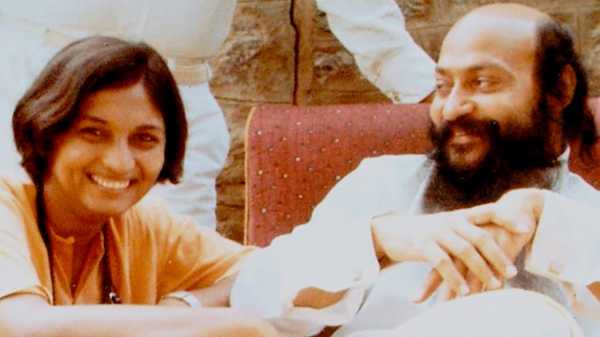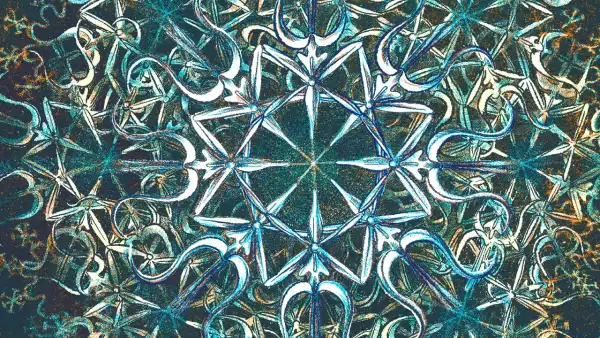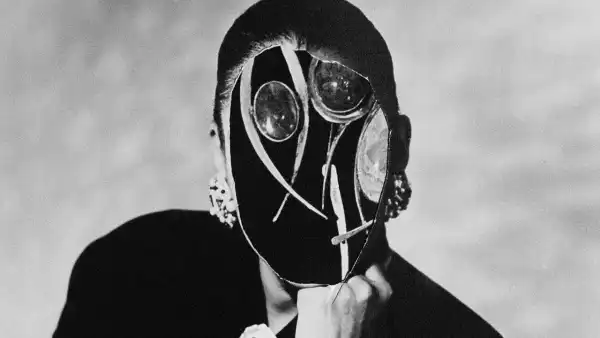
The Netflix app documentary series “wild Country” tells the Saga of the bhagwan Shree Rajneesh, a guru who gained fame in India in the seventies, and fell to infamy in Oregon, decades after. The followers of Rajneesh (also known as Rajneeshees) to abandon the term “cult” as stigmatic, but the language is not any other word that can describe their devotion to the man who offered his presence as a tool of self-awareness. The Directors, brothers Chapman way and Maclain way, represent the wanton weirdness of the cult using disturbing true-crime structure that helped make the series a hit. But they don’t stop at accurate beliefs Rajneeshees’; a respectful silence, it would seem, dictated by good intentions, has the effect of strengthening the mystery mystery. The lack of analysis leaves open the possibility that Rajneesh was something other than just a talented con man who convinced his followers that his fleet of rolls-Royce saloon represents his inner magnificence.
Video can’t convey the charisma of such a figure, but it captures its impact on his disciples. In old clips, their faces radiate bliss under his benevolent gaze. In a new interview, the Breasts to swell in memory of Rajneesh who died in 1990. MA Anand Sheela—who was his personal Secretary, Lieutenant, and the end of a traitor—says that she was sixteen years old when she entered into the orbit of his spiritual master. “It was the end of me,” she says, as if wistfully remembering ecstasy. She sewed, who found a group home in the desert of Northern Oregon, after Rajneesh had fallen deeply out of favor in India, Indira Gandhi. They bought sixty thousand acres of farmland and, acting with speed and thoroughness to indicate either spiritual passions and earthly trickery, created a municipality with the size of the self-sufficient municipality. The city called Rajneeshpuram created own police force, restaurants, a developed system of public transport, and runway. His meditation hall could accommodate ten thousand applicants. Her boutique is stocked with togs in the warm colors of their tribe, the residents of the nearby town of Antelope is called Rajneeshees “red” or “orange people”. Texture buggy video gives a supernatural B-movie Vibe in old frames: amethyst jacket with old lilac trousers and crimson jacket with a purple shirt, and saffron, Blowfish and orange blouses. There is a shade of pink known as stupidity.
The antelope looked askance at the intruder. “The unknown is what we fear,” a resident says. Resistance seems at first like bigotry: it was the closeness of a pack of spectators really cause for alarm? As the sleepy town awakens to realize the true extent of his nightmare where the creeping theocracy maintains its own militia, the suspicion will remind prudence. In Rajneeshees strengthened its position by buying land in the antelope and taking control of the city Council. Anonymous bombing Rajneeshee-private hotel provoked a group wielding long rifles. As the fight escalated, with the Rajneeshees, who are struggling for political power in the area and the locals are twisting the law to confront them, local troubles, which resulted in a national scandal.
Six-and-a-half hours, “wild country” or a few hours, too short or about ninety minutes too long. The enhanced version will offer anthropological analysis and contextualization Rajneesh—commercial prophet, who treated meditation as a product from the point of view of different religious experiences, which have flooded the market since the sixties. Rajneesh Ashram in India grew at the same time that new York magazine published Tom Wolfe’s “ the ” me ” decade and the third great Awakening”, his unparalleled essay on inner journeys made as package tours. Wolfe wrote: “the new alchemical dream is: changing personality—altered, rebuilt, elevating, and polishing itself . . . and watched, studied, and adore it. (Me!)” The documentary focuses exclusively on adherents from a privileged position, but I wonder what the nuggets could be unearthed, speaking with more of personnel spiritual seekers among the herd Rajneesh. What were they looking for? What do they find? Why this experiment in autonomy and transcendentalism go berserk? What is daily life consist, in the world of Rajneesh, in between ecstatic trances?
Trimmer version of “wild country” will cut the story down to its essence as an epic tabloid border. Rajneeshees attack on the larger community, such as contamination of restaurant salad bars with Salmonella in a test of their ability to depress turnout—the voter can compare, in their moral ugliness, in their face-to-face sell. On each count, the Prime villain Sheila, whose position as the Secretary made her the first woman to the group and whose strategic militancy has made her a sensation. At a press conference lecterns and talk show chairs, she said garbage with fluency the title of Fighter. Her arrogance flowing from its role as the voice of a leader, who publicly mom, reclining in his silence, as the deity. “Sheila spontaneously,” says Sheila, old frames, employing first-person epic as a tool of provocation. In a new interview, a retired employee of the U.S. house of representatives remembers it as “work”, and his tone suggests surrender in love. As the episodes fly by, and Sheila already convincingly accused orkestrova as “the largest immigration fraud in American history” and “the largest wiretapping incident in the history of any nation”, not to mention the attempted murder, you grow to share his stupor. Overwhelming in its ardor, its effectiveness, and its malignancy, Sheila is a natural star of the documentary, which handily surprisingly, by illustrating commonplace.
Sourse: newyorker.com






